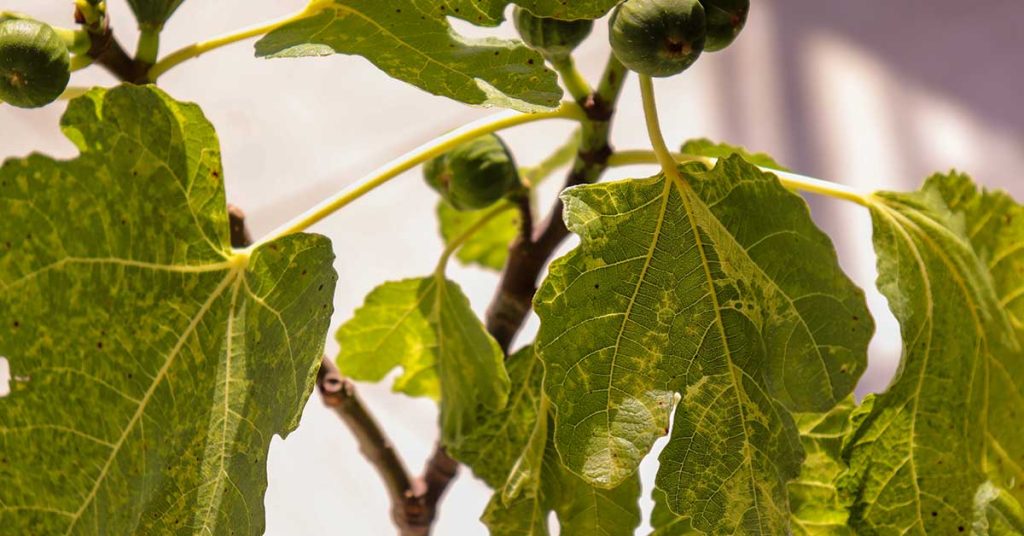If you live in USDA hardiness zones 8-10, you’re in luck—growing fig trees is a breeze! These beautiful trees can add a lush, tropical feel to your garden, and they require very little maintenance. Fig trees thrive in full sun, but they can also tolerate some shade. They need well-drained soil, so make sure to choose a spot that won’t become waterlogged. With regular watering, your fig tree will bear abundant fruit in late summer or early fall. With their beautiful foliage and delicious fruit, fig trees are a must-have! Another added benefit: they rarely need fertilizer or any kind of intervention from you. But there are circumstances in which you might need to fertilize a fig tree.
Signs of nutrient deficiency in fig trees

For the most part, if you’re growing your fig tree in good soil and mulching with leaves every fall, you won’t run into any need for fertilizer for your fig tree. However, a fig tree is most likely suffering from a lack of nutrients if it has stunted growth, smaller than normal leaves, or leaf discoloration turning its normal green leaves to yellow or brown, or is just experiencing a failure to thrive. A tree experiencing these issues probably needs to be fertilized in order to get the nutrients it needs to grow and thrive, but you can also consult a professional if you aren’t sure. With the proper care and attention, your fig tree should return to its healthy, productive self, but it may need a bit of time to recover.
What time of year should you fertilize a fig tree?
Waiting to fertilize your fig tree until new growth begins to emerge in spring is a great way to ensure a healthy and abundant harvest. Fertilizing in the spring will help promote new growth. Fertilizing in the summer is also beneficial. If you’re planting your fig tree in the ground, it’s important to fertilize when you do so, as this will help the tree establish itself in its new environment and get the most out of its first year of growth.
The best fig tree fertilizers
When fertilizing a fig tree, it is important to select a fertilizer that is specifically formulated for fruit trees, such as a high-quality, organic fertilizer with a balanced 8-8-8 or 10-10-10 ratio. This will provide the tree with the necessary nutrients to achieve optimal growth and fruiting. The fertilizer should be applied around the base of the tree in early spring. It is important to use the fertilizer in accordance with the instructions on the package to ensure that the tree is not over or under-fertilized. As the tree matures, additional applications of fertilizer may be necessary if it shows any symptoms of nutrient deficiency, but usually, this won’t be necessary.
Organic fertilizers are a great choice for fig trees as they promote healthy growth, provide beneficial micronutrients, and are safer for the environment. In my experience, organic fertilizers are better than chemical fertilizers because they provide nourishment to the soil and plants while not harming the environment or leaving behind any toxic residue. This is especially important for plants and trees that produce the fruits or vegetables we eat – you don’t want to be eating figs that have chemical residues on them, right?
Organic fertilizers are natural and derived from plant or animal sources, so they add organic matter to the soil, helping to improve soil fertility. They also help to retain moisture and add essential nutrients like nitrogen, phosphorus and potassium, which are essential for plants to grow and thrive. Chemical fertilizers, on the other hand, are made from synthetic materials and can contain harmful chemicals that can damage the environment and contaminate drinking water.













